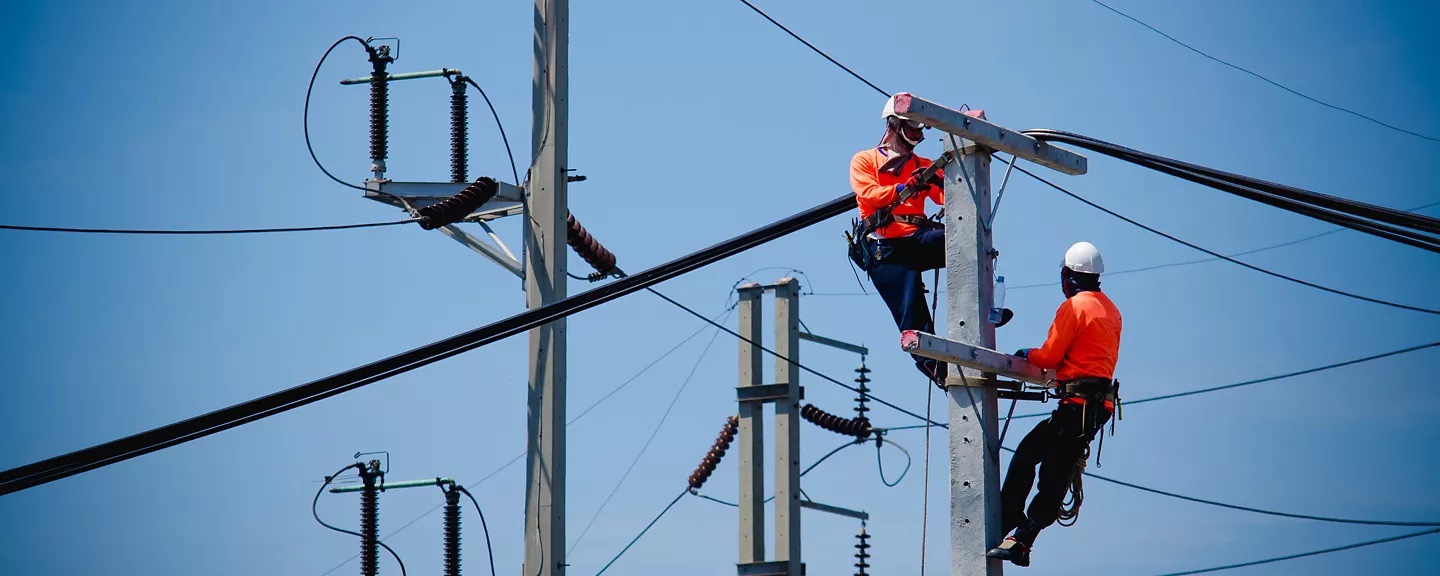frugal portable solar power kits inventory thought process for community
-
frugal portable solar power kits inventory thought process for community
please let me know if i a missing anything and or your thought process and or experience i really appreciate it
this can be done in any community worldwide
to install in folks homes for medical-aids and-such
minimum fuss needs for install and be as easy as is possible
use extendable curtain rods [spring loaded] to install solar-panel in windows
- 50w ~ 200w minimum wattage solar panels [depends on physical size for size of window and equipment needs] can run cables to other windows for extra panels if required
- extendable curtain rods
- charge controllers
- inverters [pure sine-wave] preferable
- wires/cables [gauged accordingly]
- wire/cable connectors [various] [gauged accordingly]
- 12v car battery connectors
- switches 240v and 12v
- 12v voltmeter if non display on charge-controller or inverter
- 12v car batteries [keep costs down get them from breakers-scrap yards]
- <font color=”rgba(0, 0, 0, 0)” face=”inherit”>containers i.e. tool-boxes or other suitable </font>receptacles
optional
- wind turbines
try and source as many components as you can second-hand albeit working from breakers/scrap yards freebie sites such-as freegle freecycle craigslist facebook market-place kerbside and-such
get help by donors sponsors or community pay-it-forward what they can afford crowd-fund or
that is all i can think of at this moment as i am overtired and brain is fried
thank you in advance for any help suggestions advice etc that you provide
Log in to reply.

